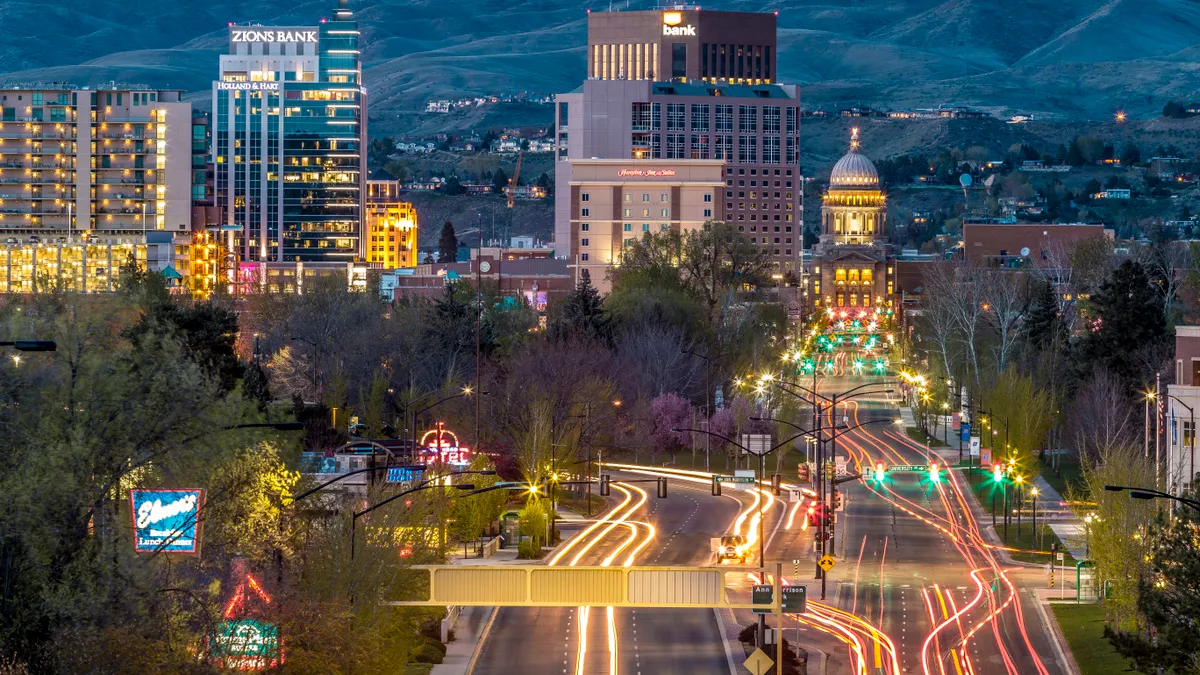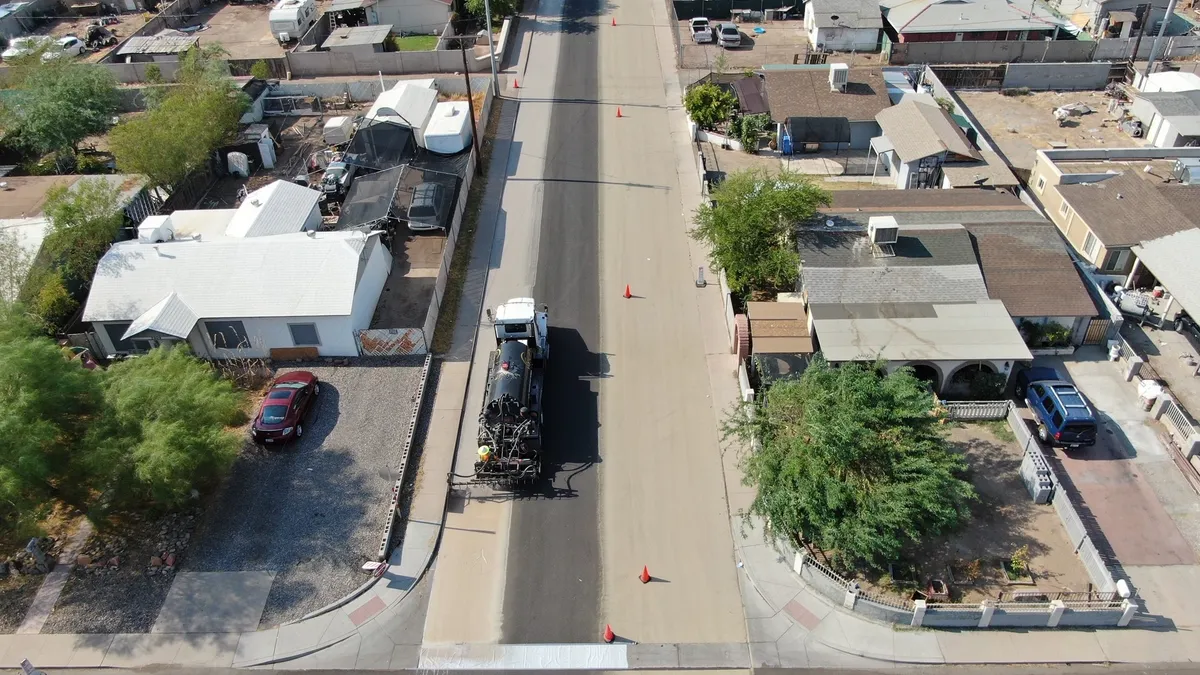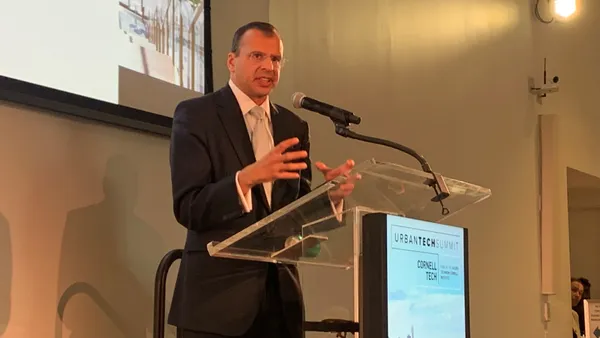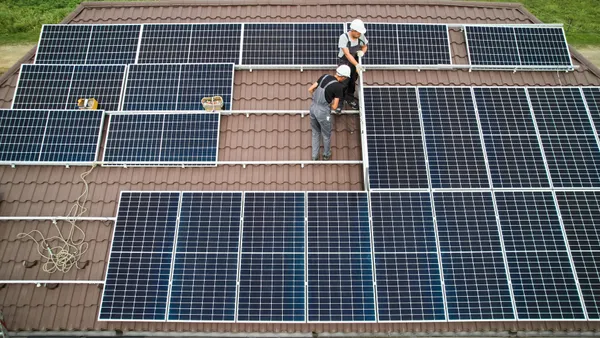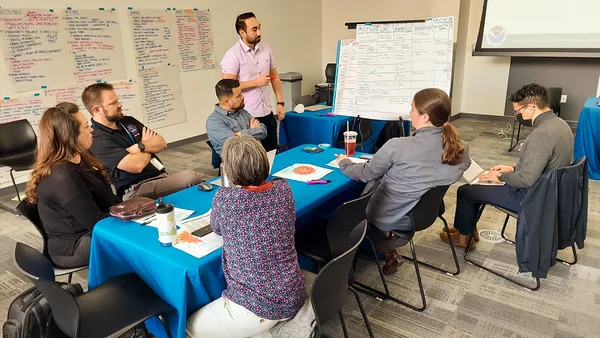Dive Brief:
- The city of Boise, ID — in conjunction with the Boise Parks and Recreation Department and Valley Regional Transit — has joined the AARP Network of Age-Friendly Communities. Boise is the first city in Idaho to join the network.
- Leaders in the the age-friendly network have committed to making their cities livable and inclusive for people of all ages, and they must devise an action plan that lays out a multi-step process for improvement. Citywide improvements that influence the health, wellness and quality of life for older adults can include accessible outdoor spaces, safe and affordable transportation, a variety of housing options, access to leisure and cultural activities, access to technology and access to home care services.
- "Our team is constantly looking for ways to provide the best possible experience and community connection for older adults... [W]e’ve worked hard to update programming, increase access to technology and connect users to important services within the community. Joining this important network is even more proof of that commitment," Doug Holloway, Boise Parks and Recreation director, said in a statement.
Dive Insight:
AARP's age-friendly network is an affiliate of the World Health Organization's Age-Friendly Cities and Communities program. It currently consists of 353 U.S. communities and three states.
Making sure that cities cater to the needs of older adults along with other age groups is important because AARP estimates that in 11 years, 20% of the U.S. population will be 65 or older. Leaders are realizing that implementing smart city changes that aren't inclusive of all age groups can contribute to a low quality of life and isolation among older adults. Affordable housing and mobility are among the top priorities for leaders looking to make age-friendly improvements.
Columbus, OH and Pittsburgh, PA are among the cities with comprehensive strategies for improving age friendliness. They've made improvements to infrastructure such as crosswalks for better mobility and providing intergenerational programming that pairs students with seniors for knowledge-sharing activities.
A growing inclusivity tactic in the United States is to incorporate senior housing into mixed-use developments. Chicago delved into that trend this year by opening libraries co-located with affordable housing, with public housing at two of the three new facilities reserved for seniors. Another trend is to create intergenerational housing facilities — some of them tied to universities — that allow greater interaction among different generations, which creates an environment in which each can thrive more than if the populations were segregated.
Joining age-friendly networks such as AARP's opens up more resources for cities to make improvements that benefit diverse populations. The support can range from sharing ideas to grants for funding projects that drive age-inclusive change.



